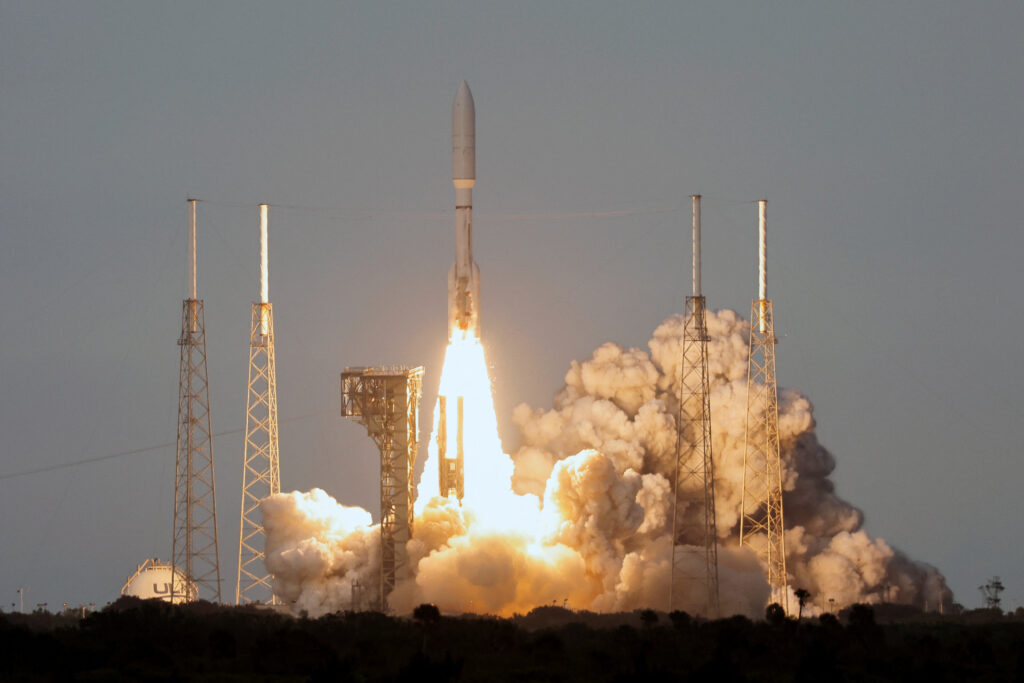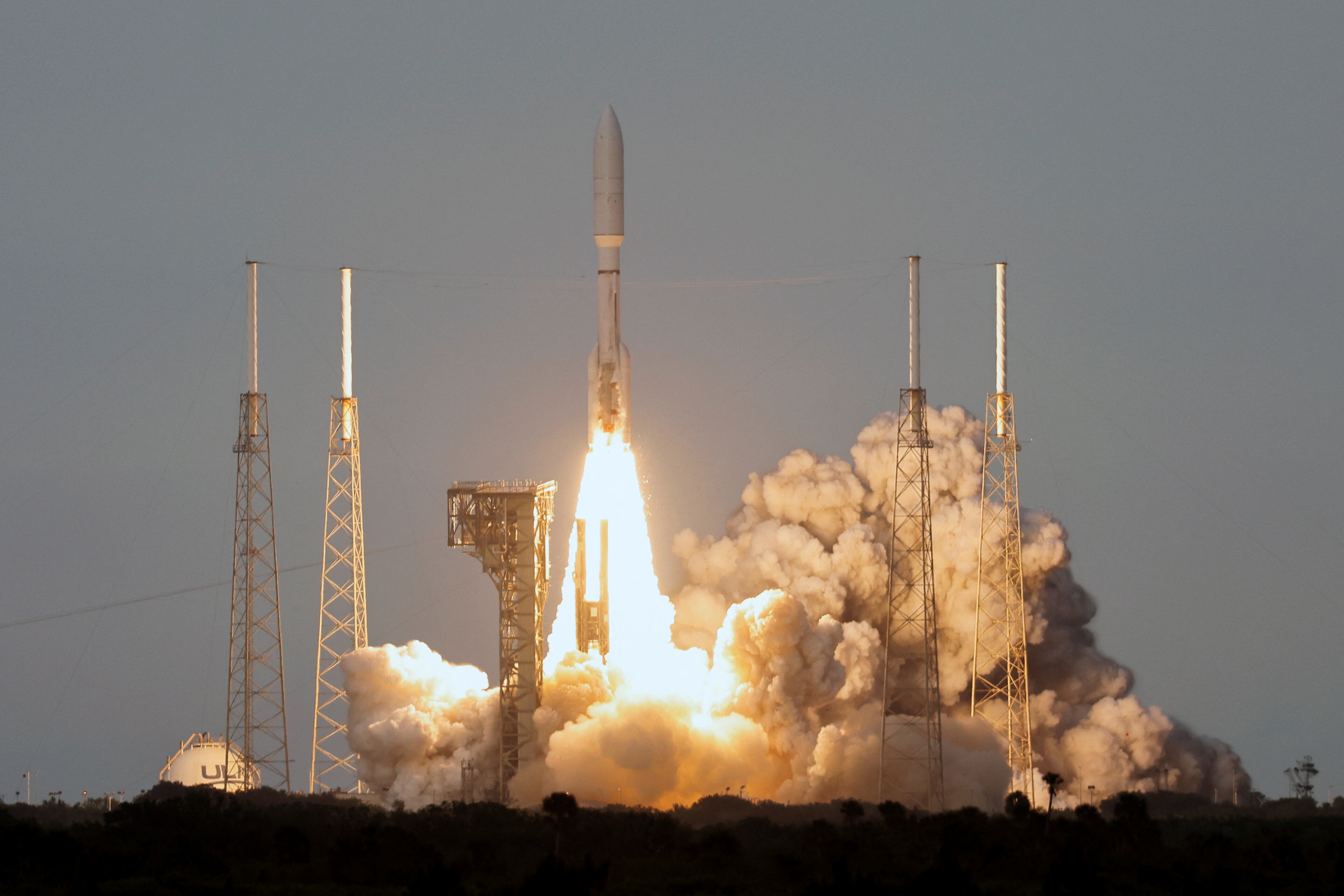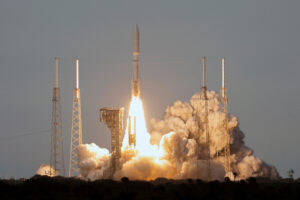Amazon Launches First 27 Project Kuiper Internet Satellites
The spacecraft are the online giant’s entry into beaming wireless service from space, but the company has much to do before it can compete with SpaceX’s Starlink.

The spacecraft are the online giant’s entry into beaming wireless service from space, but the company has much to do before it can compete with SpaceX’s Starlink.

The battle of billionaires in space between Jeff Bezos and Elon Musk has entered a new arena: satellite internet.
Amazon, the company that Mr. Bezos started as an online bookseller three decades ago, is now a merchandising behemoth, the owner of the James Bond franchise, a seller of electronic gadgets like Echo smart speakers and one of the most powerful providers of cloud computing.
So perhaps it is not a surprise that Amazon has now launched the first few of thousands of satellites known as Project Kuiper to provide another option for remaining connected in the modern world. The market for beaming high-speed internet to the ground from orbit is currently dominated by Elon Musk’s SpaceX rocket company, which operates a similar service, Starlink. Starlink, with thousands of satellites in orbit and more launching nearly every week, already serves several million customers around the world.
On Monday evening, the company’s first 27 satellites were shipped to space and deployed into orbit.
Amazon had no immediate comment after the launch. It will take many hours, if not days, for the company to commission and establish contact with all 27 satellites and know if they are operational.
When was the launch?
The satellite lifted off on Monday at 7:01 p.m. Eastern time from Cape Canaveral Space Force Station in Florida. They were carried by an Atlas V, a rocket made by United Launch Alliance, a joint venture between Boeing and Lockheed Martin.
The spacecraft deployed the Kuiper satellites in a circular orbit at 280 miles above the surface. The satellites’ propulsion system will then gradually raise that orbit to an altitude of 393 miles.






